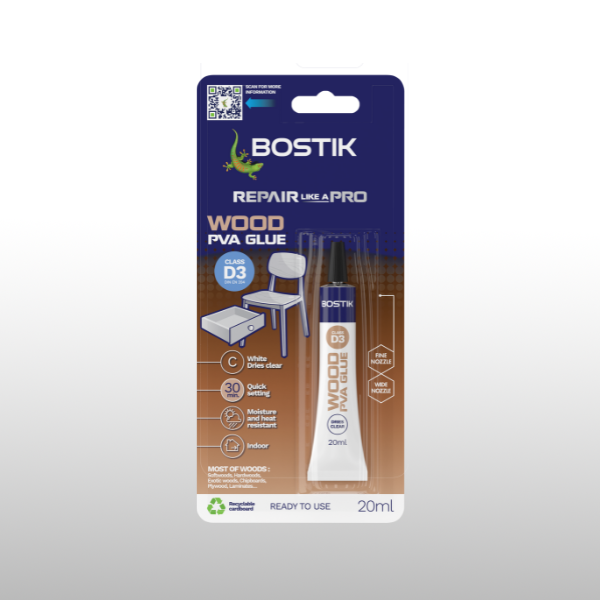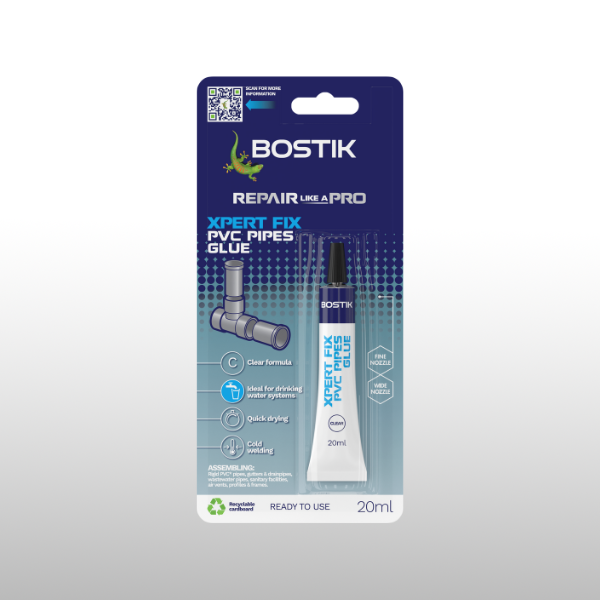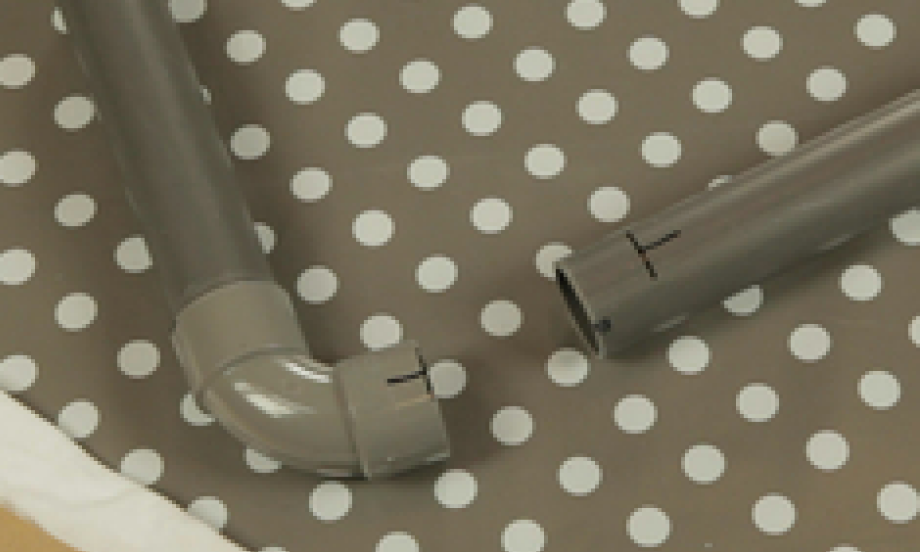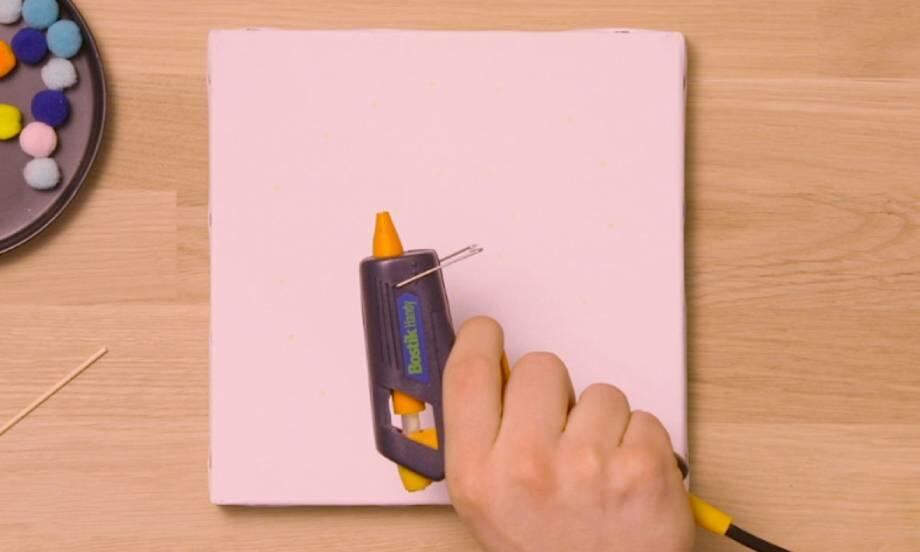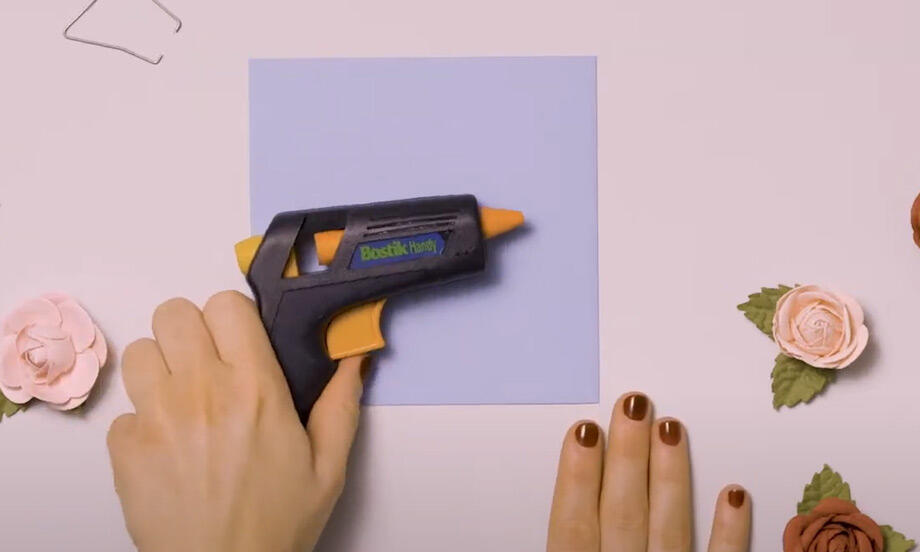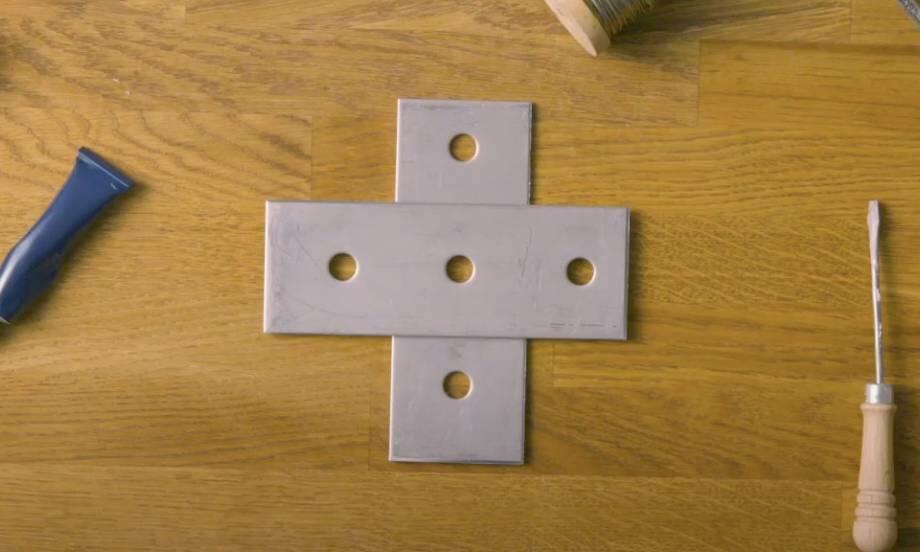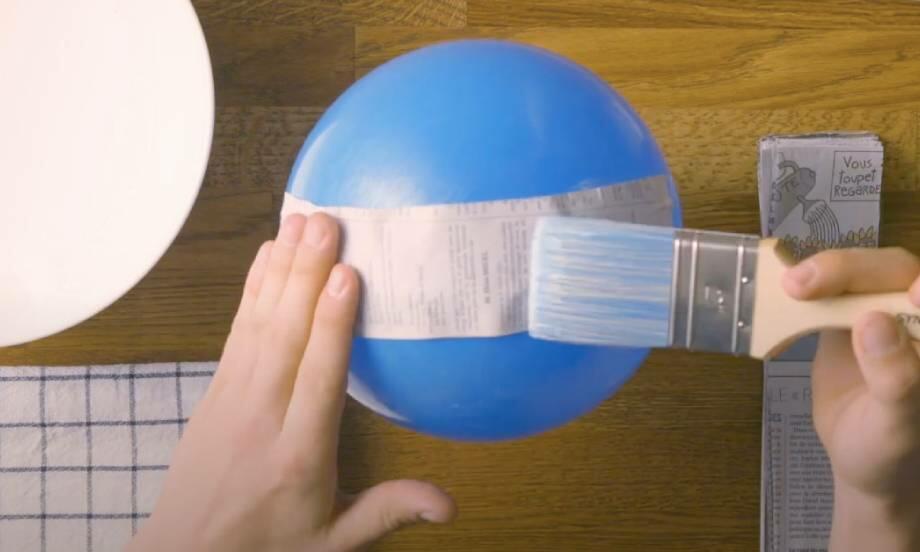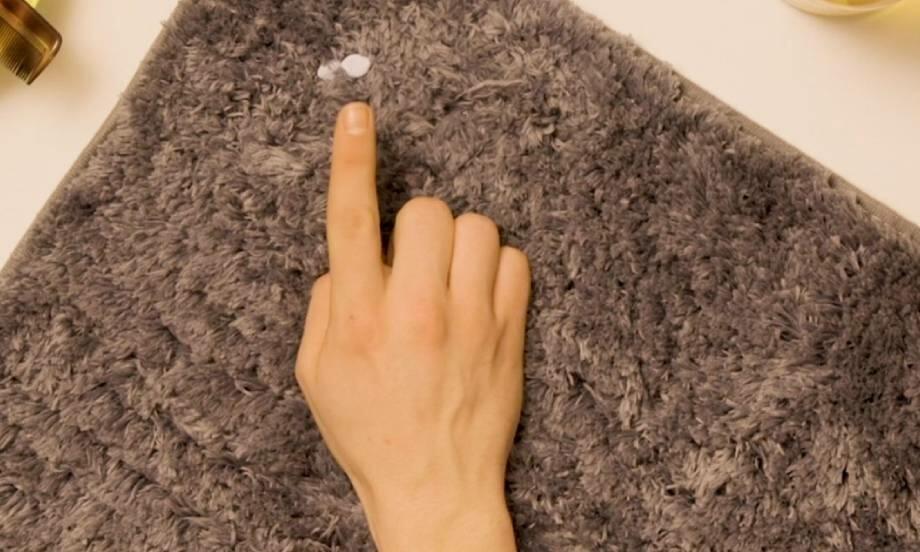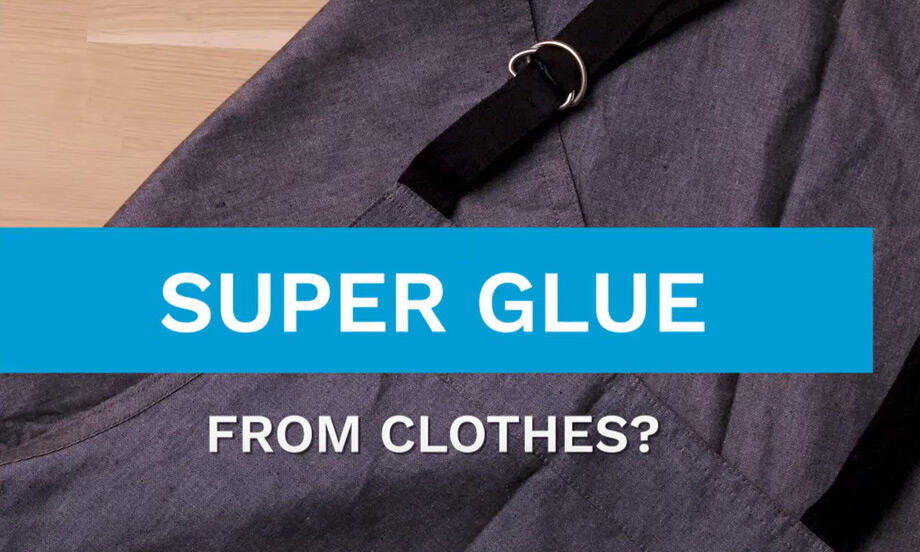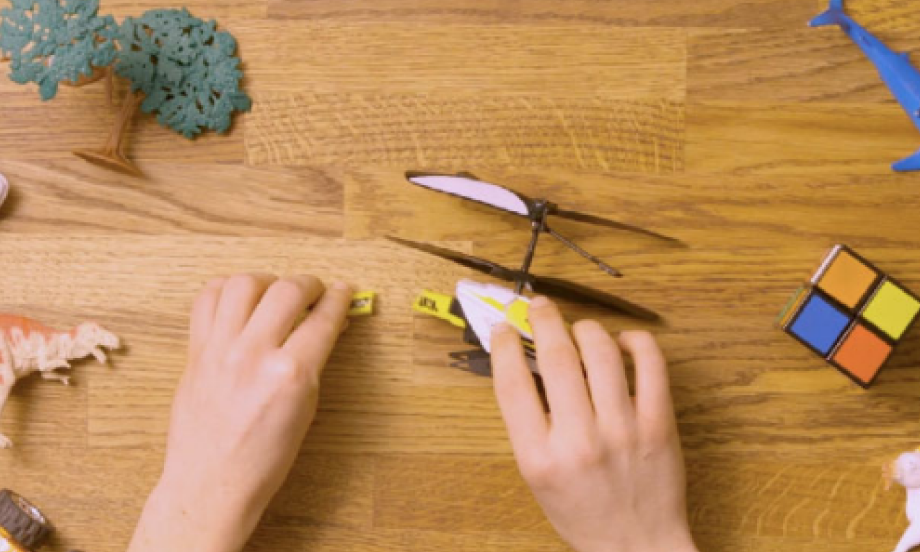Be a repair hero: how to repair an inflatable buoy with plastic glue
Love fixing stuff, hate waste? It’s easy to repair an inflatable buoy with glue and become an everyday #repairhero
Ecological considerations are more than ever in the spotlight. We know that for the sake of the planet, it is important to limit the consumption of plastic objects. Therefore, it is also important to know how to repair them and with what material. Don’t bin it, fix it! And become an everyday #repairhero!
Since the weather allows it, you're planning to take your first outdoor swim next weekend! So, you take your inflatables out of their "summer stuff" box, clean them and inflate them. Bad surprise: they are half deflated and are probably pierced. But even for materials that look difficult to repair, there are perfectly suitable solutions. Don't bin it, fix it! And become an everyday #repairhero!
With its water-resistant properties, Bostik Soft Plastic glue is designed to repair most of the common flexible plastics. It sets quickly to form a solid but flexible bond. Cherry on the cake, for aesthetics concerns, Bostik Soft Plastic glue becomes transparent once dry.
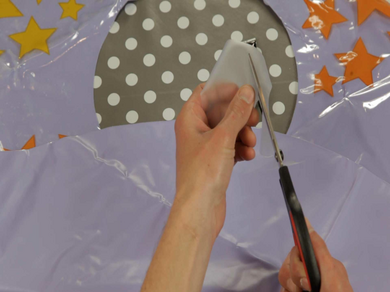
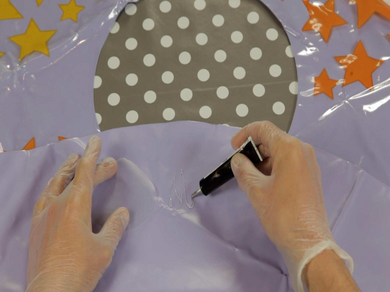
How to repair an inflatable buoy with Bostik Soft Plastic glue – a step by step guide
Step 1: Be prepared
Take your pierced inflatable buoy. Ensure the surface is dry, clean, and free from dust and grease.
Step 2: Get gluing
Cut a piece of the repair patch to the correct size and spread an even amount of glue onto both the buoy and the patch.
Step 3: Take a break
Wait for the glue to dry – 5 to 10 minutes – and press both surfaces together firmly until bonded.
Step 4: Wait... and enjoy
Wait 24 hours before using your repaired buoy, knowing that maximum bond strength is achieved after 48 hours; that’s it! You are now an official #repairhero!
Everything you might need to fix an inflatable buoy with glue
Essential: Bostik Soft Plastic glue.
You might also want:
- a pair of scissors to cut out the patch.
- warm soapy water to remove glue from skin.
- acetone to remove glue from furniture.
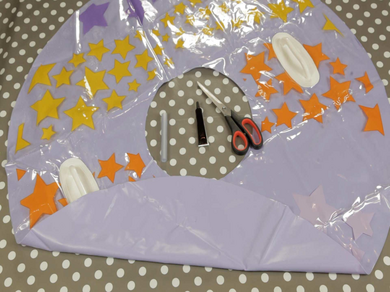

Made a little mess?
- On my skin: rinse your fingers with warm soapy water and do not pull on the skin that has been glued on. Do not try to pull the glue off your fingers as this may damage your skin. With sweat’s moisture, the bond will loosen within 30 minutes without doing anything. Do not use acetone or solvents on the skin.
- On my furniture: Wet or dry adhesive can be removed with acetone. Always test sensitive surfaces before applying solvent cleaners.
Which glue is right for you?
Bostik Soft Plastic glue is the best fixing tool for flexible plastic surfaces. Including a cuttable fixing patch in the kit, it allows you to adapt to any tear shape and handle any repair. For rigid plastic surfaces, use Bostik Hard Plastic as once dry, this adhesive provides a strength that is at least as good as the original material. And for plastic repairs or plastic assembling in a wet environment, use Bostik PVC Pipe adhesive; in addition to being waterproof, it is certified for drinking water systems.
When to use Bostik Soft Plastic glue?
Bostik Soft Plastic glue can literally save your holidays. It allows you to repair your damaged buoys, tent covers, inflatable boats and air mattresses. It can also help you fixing your waterproof clothing, such as rain jackets or raincoats, rubber boots and even repair a damaged umbrella.



